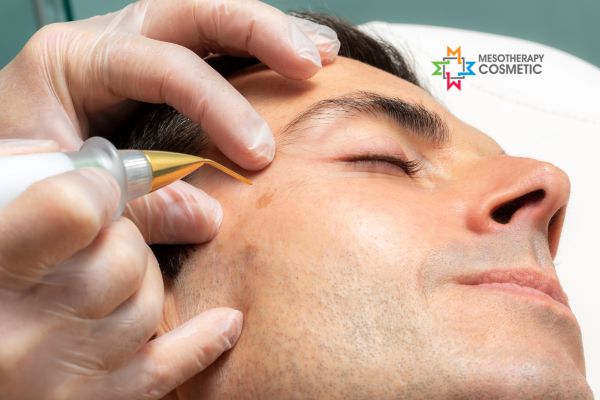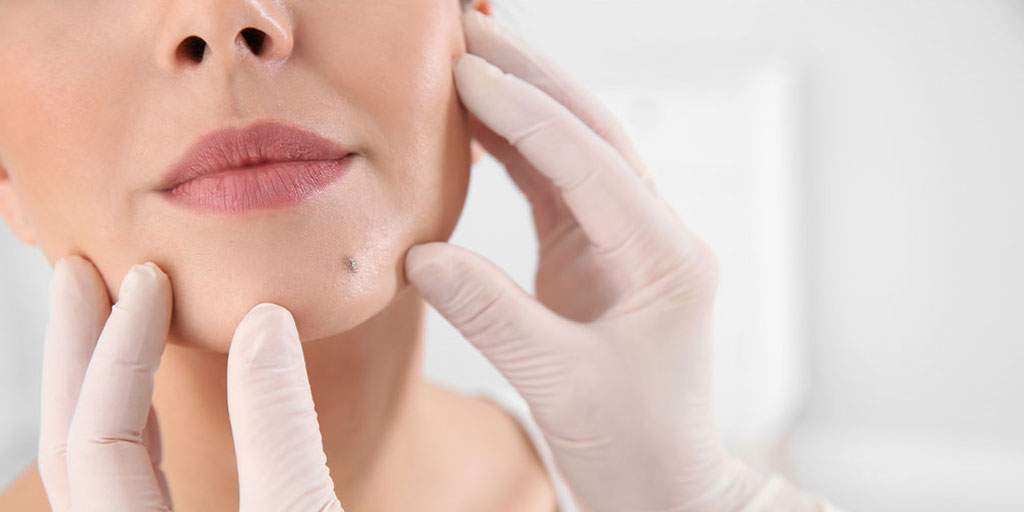Benign Mole Removal
Fast and effect benign mole removal England using cryopen – possible to have treatment even in the safety and comfort of your own home for trusted, fast permanent pain free removal.
Benign Mole Removal

The CryoPen uses a precise jet of nitrous oxide (N2O) at a temperature of -89°C to freeze and destroy benign moles.
Cryopen is the safest treatment on the market for benign mole removal England safe even for children and is FDA Approved.
Benefits Of Benign Mole Removal
Our mole removal procedures are performed by consultants with years of experience from skin tag removal, wart removal all skin lesion removal is possible. For a tailored treatment plan we can help discuss all matters from a simple wart through to acne scars.
Using CryoPen for benign mole removal offers several benefits:
Precision and Safety: The CryoPen uses a fine tip to deliver nitrous oxide directly to the mole, ensuring that only the targeted tissue is affected while preserving the surrounding healthy skin. This precision minimizes the risk of scarring and other side effects.
Painless and Quick: The procedure is generally painless and swift, often not requiring any anesthesia. Patients typically experience only a mild cold sensation during treatment.
Non-Invasive: CryoPen is one of the least invasive methods for removing skin lesions, making it a preferred choice for those looking to avoid surgical procedures.
Effective and Permanent: The treatment is effective, with the mole tissue typically falling off within one to two weeks, and the results are permanent after successful removal.
Minimal Aftercare: Post-treatment care is straightforward, with minimal restrictions, allowing patients to resume normal activities quickly.
These advantages make CryoPen a popular choice for those seeking a safe and efficient method for benign mole removal.
Benign Mole Removal FAQs

What is a benign mole?
A benign mole is a non-cancerous growth on the skin that typically appears as a small, dark spot. These moles are usually harmless and are composed of clusters of pigmented cells called melanocytes.
Why might a benign mole need to be removed?
While benign moles are generally not harmful, they may be removed for various reasons such as cosmetic concerns, discomfort due to friction with clothing, or if there’s a change in size, shape, or color that raises suspicion, requiring further examination.
How is a benign mole removed?
Benign moles can be removed using several methods, including surgical excision, where the mole is cut out with a scalpel, and shave excision, which involves shaving the mole off the skin’s surface. In some cases, laser removal might be an option. The method chosen depends on the mole’s size, location, and the patient’s preference.
What are the potential risks of mole removal?
The removal of a benign mole is generally safe, but as with any procedure, there are potential risks. These may include infection, scarring, changes in skin pigmentation, or a slight risk of the mole returning if not completely removed.
How long does recovery take after mole removal?
Recovery time varies depending on the removal method used. Generally, it takes about one to two weeks for the skin to heal. Patients may experience some redness or tenderness around the site, which typically resolves as healing progresses.
What aftercare is required following mole removal?
After mole removal, it’s essential to keep the area clean and dry. Follow your healthcare provider’s instructions, which may include applying an antibiotic ointment and using a bandage. Avoid sun exposure to the area and refrain from picking at scabs to minimize scarring.
Will mole removal leave a scar?
While some scarring is possible, especially with surgical methods, doctors take care to minimize this. Over time, scars tend to fade. It’s important to follow aftercare instructions to ensure the best cosmetic outcome.
Can a removed mole grow back?
In some cases, if the mole cells are not entirely removed, there is a possibility of the mole growing back. Regular check-ups with a dermatologist can help monitor any changes and address concerns promptly.
Is mole removal covered by insurance?
Insurance coverage for mole removal depends on whether the procedure is deemed medically necessary. If removal is for cosmetic reasons, it may not be covered. It’s best to check with your insurance provider for specific coverage details.
We hope this FAQ section helps answer your questions about benign mole removal. For personalized advice, please consult a qualified healthcare professional.
